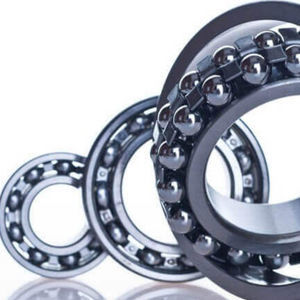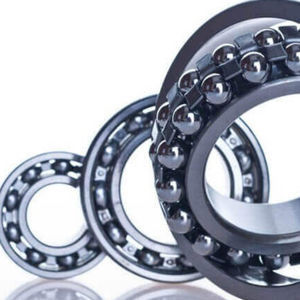
Gas carburizing medicalautomotivemilitary

Add to favorites
Compare this product
Characteristics
- Type
- gas
- Applications
- medical, automotive, for the aerospace industry, for the nuclear industry, agriculture, for railway, for the construction industry, for electronics, for telecommunications, for aeronautics, for the maritime sector, for renewable energy, for the food industry, military, chemistry
- Certifications
- OHSAS 18001, ISO 9001, ISO/TS 16949, ISO 14001
Description
Nitrocarburising is a variation of the case hardening process. It is a thermochemical diffusion process where nitrogen, carbon, and to a very small degree, oxygen atoms diffuse into the surface of the steel part, forming a compound layer at the surface, and a diffusion layer. Nitrocarburising is a shallow case variation of the nitriding process. This process is done mainly to provide an anti-wear resistance on the surface layer and to improve fatigue resistance.
Benefits of nitrocarburising
-Relative low cost;
-High resistance to wear;
-Excellent scuffing and seizure resistance;
-Fatigue properties improved by up to 120%;
-Considerably improved corrosion resistance;
-Good surface finish;
-Negligible shape distortion;
-Predictable growth characteristics; and
-Alloy substitution – plain carbon steels replacing low alloy steels.
Application & materials
Advantages of the process include the ability to harden materials which are not pre-hardened, the relatively low temperature of the process which minimises distortion, and relative low cost in comparison to carburising or other case hardening processes.
Typical industries:
Oil and gas, valve, pump, agriculture equipment, automotive, stamping, textile, extrusion and injection moulding, and firearms components.
Typical parts:
-Oil and gas – gears and pinion shafts
-Valve components – gates, seats, balls, stems, regulator valves
-Pump components – impellor housings, bodies, plungers, cylinders
-Agriculture equipment – harvesting combine cutters, separators, crop transfer, chopping components
-Automotive – diesel engine oil pumps, gears, crankshafts and camshafts
Catalogs
No catalogs are available for this product.
See all of Bodycote‘s catalogsRelated Searches
- Anodic oxidation
- Aluminum anodic oxidation
- Small series anodic oxidation
- Large series anodic oxidation
- ISO 9001 anodic oxidation
- Medium series anodizing
- Automotive anodic oxidation
- Hardening
- Medical anodizing
- Metal hardening
- Automotive hardening
- ISO 9001 hardening
- ISO 14001 anodizing
- Large series hardening
- Medium series hardening
- ISO 14001 hardening
- Small series hardening
- Steel hardening
- Hardening for the energy sector
- Hardening for the aerospace industry
*Prices are pre-tax. They exclude delivery charges and customs duties and do not include additional charges for installation or activation options. Prices are indicative only and may vary by country, with changes to the cost of raw materials and exchange rates.




























